|
With a backyard, I'm able to do something I don't think I've ever tried before: observe the Moon before sunset. I just could never imagine doing that in my old home. On my former rooftop, I might have been besieged by my neighbors, and in a nearby park, hounded by dogs. But now, at last, I can relax behind a fence, set up a nice refractor, and enjoy the Moon at my leisure with a beer in hand. It's beautiful. During my move, I'd noticed that the focuser on my Takahashi FC-100DZ had a little too much give. The culprit, I realized, was a loose screw. Repairing this little issue led me to consider upgrading other aspects of my grab-and-go setup. I parked the telescope inside to attempt to quantify the vibrations I'd long experienced with the Berlebach Report tripod I'd been using. It didn't take me long to realize that, even in a completely wind-free environment, those vibrations were intolerable at high magnifications. I will still need to walk to the parks I've often frequented - my little backyard only reveals so much, and the pockets of sky I can access will close when the trees regain their leaves - so I started wondering: did I need to sell the DZ for a lighter telescope? I hated the idea, but I certainly don't want to haul around the tripod I use with my TEC 140 just to use a four-inch refractor. Uncharacteristically, I wrote a note asking the CloudyNights community for help, and help I received. Carbon fibre mounts, some of the responses stressed, could yield fewer vibrations than my wooden mount. This seemed counterintuitive to me - wood, I thought, tends to dampen vibrations - but I went ahead and purchased an Innorel RT90c Carbon Fiber Tripod. I was skeptical, but sure enough: the tripod just about halved the vibrations I'd experienced. It's also much lighter and more compact, meaning that I now have a more portable and more stable grab-and-go setup. Best of all, I get to keep the DZ: a telescope I love. I took the above picture of the waxing Moon a couple days ago (February 9th), at around 5:00 PM. At the time, seeing was worse than average, but transparency quite good. Note how much lunar detail the FC-100DZ reveal in even poor seeing; it's quite remarkable. Observing at 5 PM gave me a chance to, at long last, share my passion with my kids. My eldest is 5, my youngest 2. Both insisted that they could see craters, though my daughter claimed that the Delos eyepiece was a little hard to use. And it's true: it takes a little practice to know where exactly you should position your eye with a big, complex eyepiece like that. I wonder whether a simple Plossl eyepiece would be a better bet for the kids - and for outreach more broadly. It's what's I use with my students (admittedly, partly because I don't want to risk my pricier eyepieces). It clouded over that night, unfortunately, so I wasn't able to observe after sunset. Yet when I stepped outside the next night to get some air, I realized to my surprise that I could see the Moon setting in the west behind my building. Clouds were rushing in, and the temperature was falling fast. Before my move, I would never have observed in those conditions. Yet now it took me all of three minutes to pop inside, grab my Takahashi, and set up everything up in the only corner of my backyard that still afforded a view of the Moon.
Neither the telescope nor my eyepiece had cooled down, and seeing was atrocious: about as bad as it gets in DC. But as the picture reveals, there was still plenty of lunar detail to be seen. The Takahashi excels in good seeing, but I've also found - like others - that it manages to outperform just about any comparable telescope in poor conditions. I'm hopeful that, in late fall, winter, and early spring, I'll be able to use my backyard to study the Moon far more consistently than I ever have before. In that effort, I suspect the FC-100DZ will be my most important tool.
0 Comments
Leave a Reply. |
Archives
March 2024
Categories
All
|
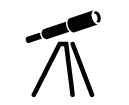
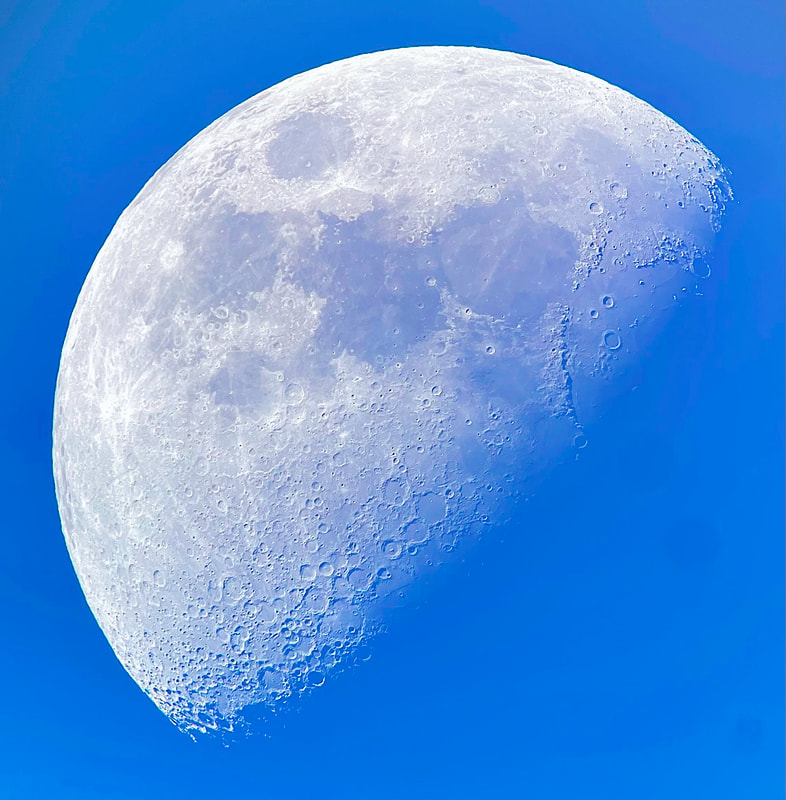
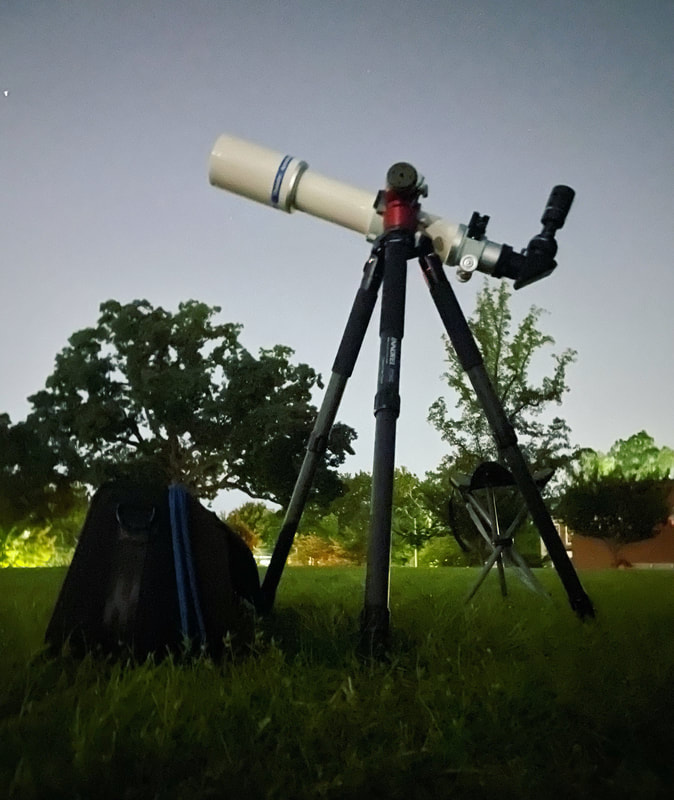
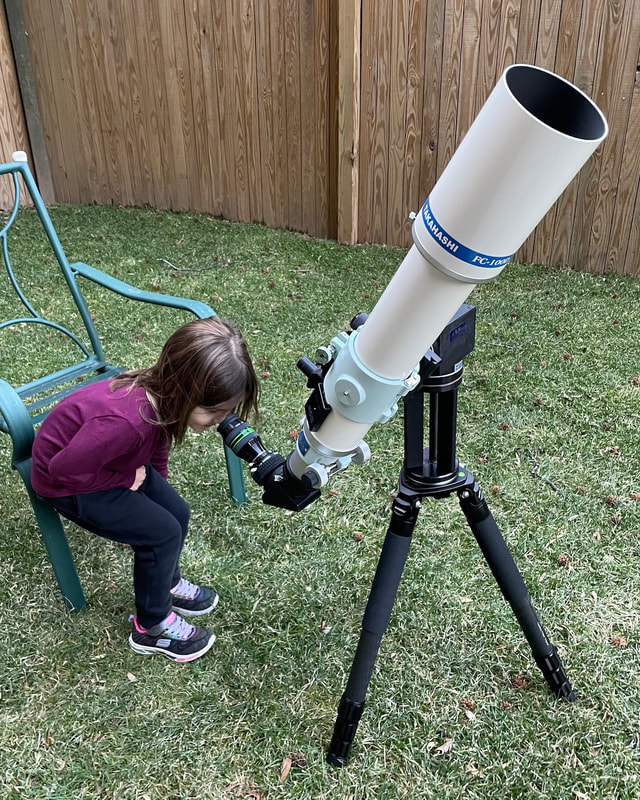

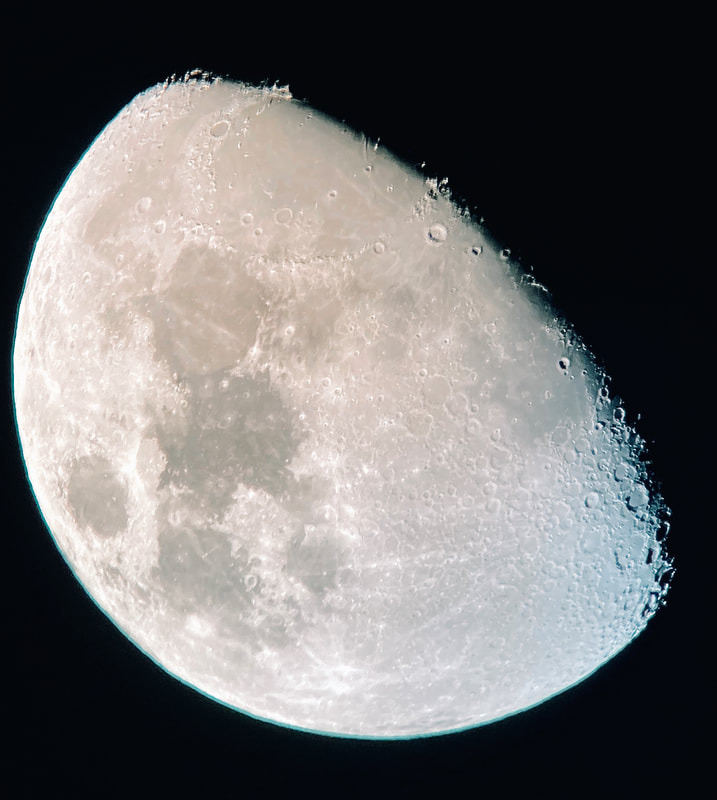

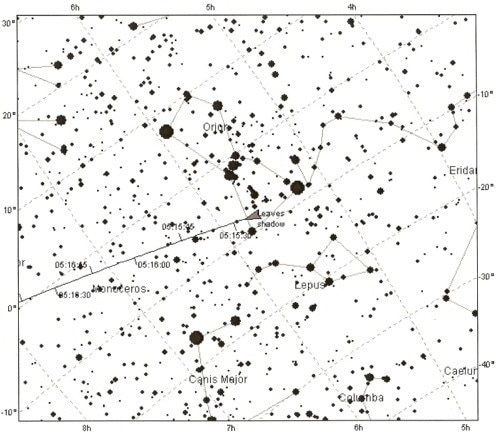
 RSS Feed
RSS Feed